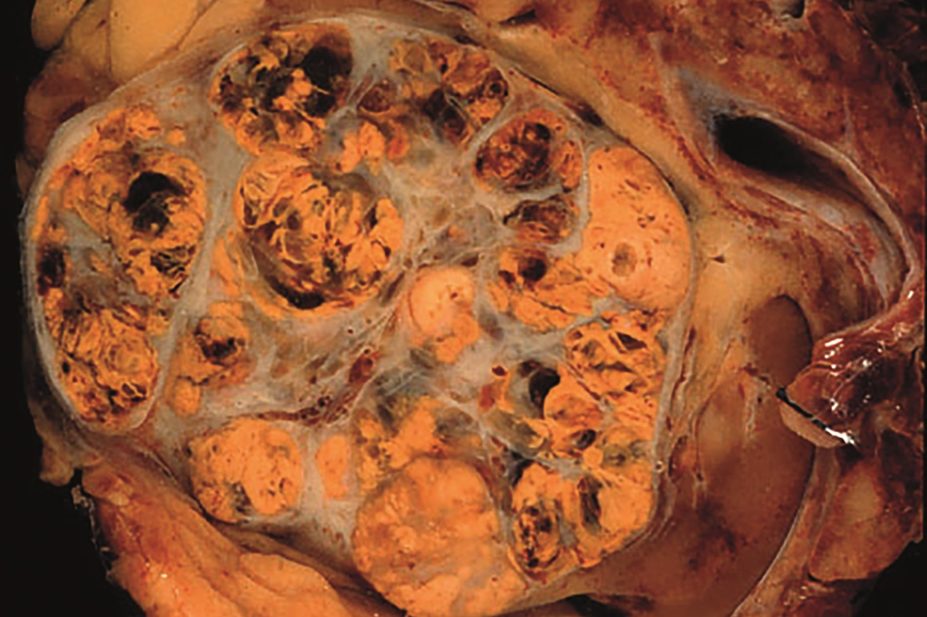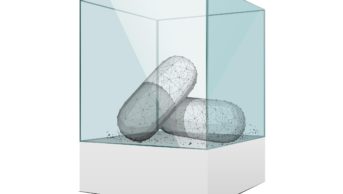
Wikimedia Commons / Nephron
Two new drugs for the treatment of adults with advanced kidney cancer are being recommended by the European Medicines Agency (EMA) for fast track approval across the EU.
Cabozantinib (marketed as Cabometyx) and lenvatinib (marketed as Kisplyx) are being recommended for adult patients who have previously been treated with a vascular endothelial growth factor (VEGF) inhibitor.
Cabozantinib is to be used as monotherapy, while lenvatinib is recommended in combination with everolimus, according to the EMA’s proposals.
Both drugs are tyrosine kinase inhibitors, which work by blocking the action of enzymes that can trigger the growth and spread of cancer cells.
Cabozantinib’s recommendation was based on the results of a phase III trial involving 658 patients with metastatic renal cell carcinoma that had progressed despite VEGF treatment. Patients treated with cabozantinib had 7.4 months of progression-free survival compared with others treated with everolimus whose progression-free survival time was 3.8 months. Cabozantinib patients also lived longer — 21.4 months compared with 16.5 months for the other patient group.
Lenvatinib’s recommendation was based on the results of a phase Ib/II trial involving 153 patients with metastatic or unresectable renal cell carcinoma who had received VEGF therapy.
The patients were given the combination of lenvatinib and everolimus or one of these agents. Patients given the combination therapy or lenvatinib alone had an average progression-free survival of 12.8 months compared with 5.6 months for patients treated with everolimus alone.
Both medicines were reviewed under the EMA’s accelerated assessment programme, as they target patients with an unmet medical need.
The recommendations by the EMA’s Committee for Medicinal Products for Human Use, which called for additional post-marketing research for the combination therapy, now goes to the European Commission for approval.


